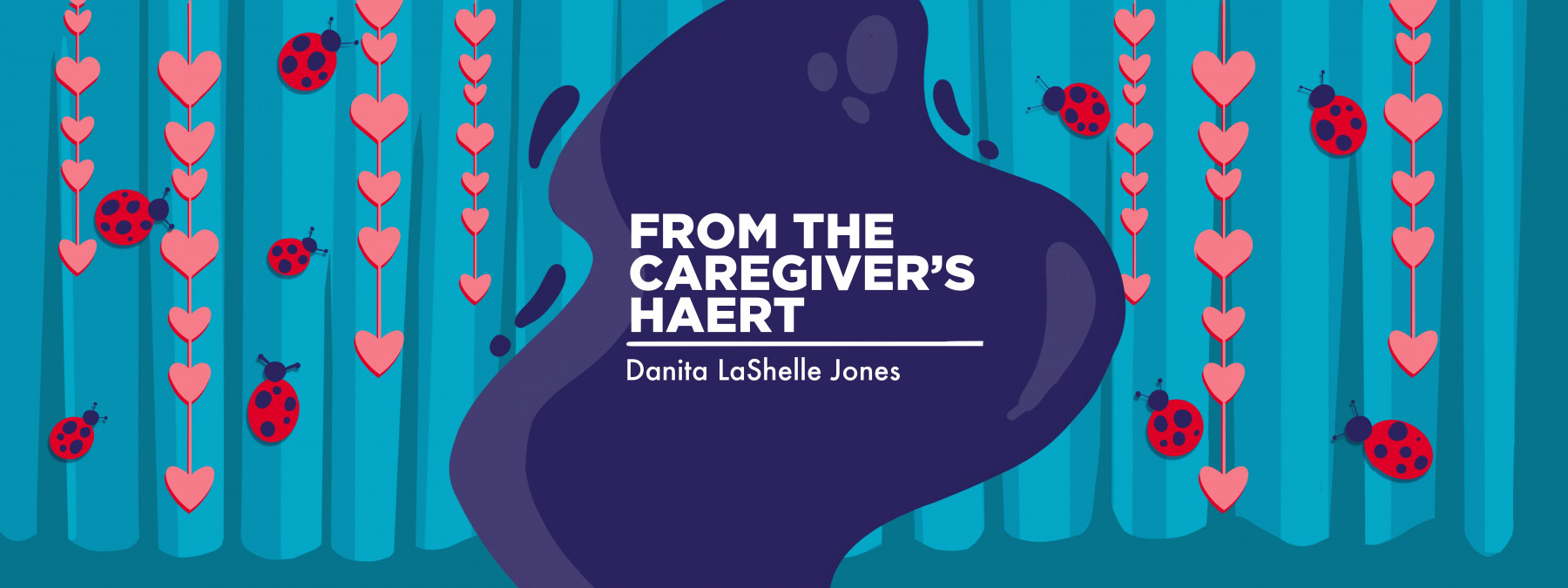Dealing with my daughter’s HAE led to an epiphany about my mother
Revisiting my family medical history after recognizing some familiar symptoms

“Do you have your inhaler?” I whispered to the startled child in the dark.
At that moment, the rapidly passing highway lights made me slightly visible. I hadn’t thought about that when I reached her seat.
In 2005, I was asked by my fine arts alma mater to travel with a talented group of sixth, seventh, and eighth graders and join them in a performance at Disney World. After traveling by bus well into the evening, all 40-plus sixth graders had fallen asleep, except for the student I gently confronted.
“It’s under the bus,” she replied, stifling the cough that had brought me from the front of the bus to her seat.
I nodded, found the closest chaperone, and informed the bus driver to pull into the next rest stop so she could get her bag from under the bus. Although she wasn’t in a full asthma attack, the cough I’d heard 15 minutes prior told me it would soon rear its ugly head.
After the bus returned to the road, one of the parent chaperones leaned forward with what I could only assume was a frown.
“How did you know she had asthma?” the parent asked.
“I recognized the cough,” I replied.
It was true. Around that time, I was the choreographer and artistic director of a dance troupe in which three of the nine adult women had severe asthma. I learned very early after they joined that I needed to know the symptoms in rehearsals and performances.
While I could tune out a regular cough, I’d memorized the sound of an asthmatic one. Thus, I realized that being around certain medical conditions could help me spot them in others.
However, sometimes specific medical epiphanies can come too late.
Revisiting my family’s medical history
By 2021, when our 11-year-old daughter, whom we lovingly call Ladybug, was diagnosed with hereditary angioedema (HAE), we were grateful to find a doctor willing to answer all of our questions. But because I had researched this rare disease, I quickly pointed out that it didn’t run in our family. Such a belief, unfortunately, fed my denial of the initial diagnosis.
As far as I was concerned, if something was hereditary, someone in my family would have it. I wear glasses because my father wears glasses. I’m also allergic to certain medications because my mother was allergic to them. I even do my best to eat better and exercise because I was told that certain diseases run in the family. No one ever mentioned HAE growing up, and I’d never heard of the illness before Ladybug’s diagnosis.
After the doctor assured us that this type of disease could sometimes occur without direct familial genetics, we assumed Ladybug fell into that category and continued the recommended treatment.
However, as I encountered more of Ladybug’s symptoms, I couldn’t help but notice how familiar they seemed. When she’d complain about how her hands tingled or swelled and ached to the touch, I remembered that my mother would mention how often her hands felt like they were asleep and would occasionally complain about how swollen they could get.
When Ladybug experienced facial swells, I noticed how she favored my mother’s facial features when I saw the same thing happen to her. And it wasn’t just my mother; I remember my maternal uncle having the same symptoms, something that was commonly seen and talked about, but dismissed due to what could have been a misdiagnosis or lack of medical research at the time.
Our journey with Ladybug helped me realize that while an individual can be the first person with HAE in their family, there’s a strong possibility that this isn’t the case for us. There may have been missed clues simply because we didn’t know what to look for.
My mom and her siblings have since passed away, but I often wish I was equipped then with the knowledge I have now. Would I like a time machine to go back and explain to my mom that maybe HAE is the answer to why her hands and face occasionally swell, her stomach hurts, or she sometimes can’t fit her feet into her favorite pair of shoes? Sure. Hindsight, indeed, is 20/20. But now that I know, I can use our experiences to help the next person who may look like they belong in our HAE family.
Note: Angioedema News is strictly a news and information website about the disease. It does not provide medical advice, diagnosis, or treatment. This content is not intended to be a substitute for professional medical advice, diagnosis, or treatment. Always seek the advice of your physician or other qualified health provider with any questions you may have regarding a medical condition. Never disregard professional medical advice or delay in seeking it because of something you have read on this website. The opinions expressed in this column are not those of Angioedema News or its parent company, Bionews, and are intended to spark discussion about issues pertaining to angioedema.








Leave a comment
Fill in the required fields to post. Your email address will not be published.